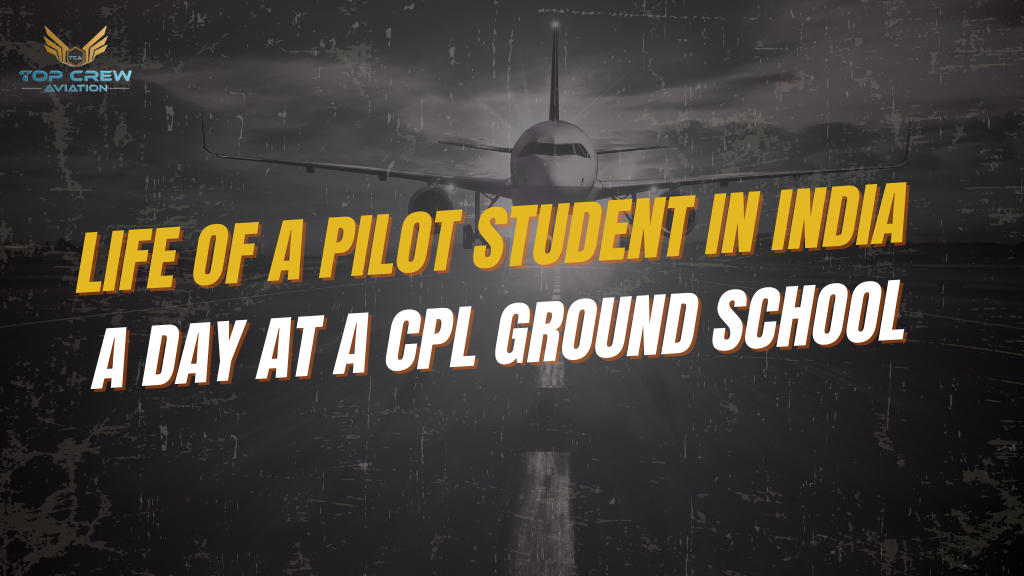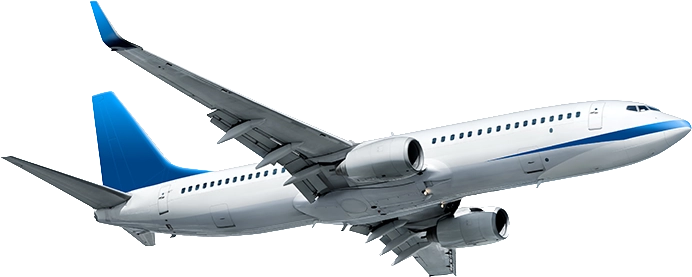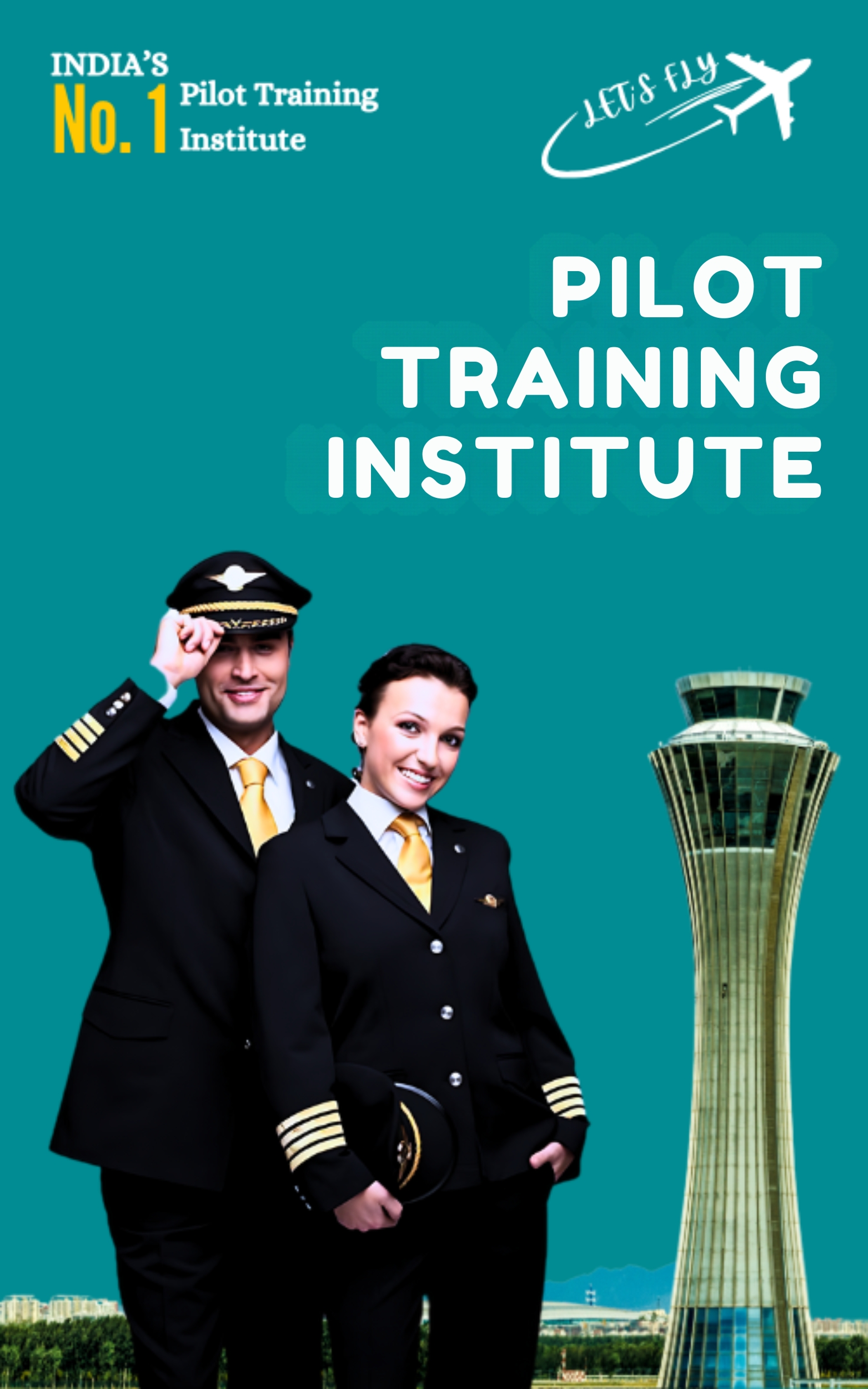Life of a Pilot Student in India – A Day at a CPL Ground School
Have you ever thought about what an aspiring Pilot life looks like: Is it what most people think about becoming a pilot, they picture glamorous flights, crisp uniforms, and flying across continents.
But before student pilots ever touch the controls of an aircraft, their journey begins in classrooms known as CPL Ground Schools. This is where the real foundation of aviation is built—on discipline, theory, and constant learning.
Let’s take a walk through the daily routine of a pilot student in India and see what a typical day at a CPL ground school looks like.
Morning: The Discipline Begins
Life of a pilot student is all about discipline-adherence for which begins quite early. And in India, practically all ground schools start their classes anywhere from 7.30 to 9 a.m. Students have to wake up anywhere between 5:30 and 6:00 a.m. to revise what they have learned the day before, or to just go through notes.
- A quick breakfast and a uniform check: CPL students have to be in proper uniform at all times as a reminder of the quality of professionalism that is expected from them.
- Review session: Many prefer to quickly solve navigation problems or revise meteorology charts before heading out.
The mindset is clear—start the day prepared, because aviation demands punctuality.
Classroom Sessions: The Core of School
Here is another classroom session, the subject matter linked by the Directorate General of Civil Aviation (DGCA). These sessions are intensive, but they need to be undertaken.
Subjects covered usually are:
- Air Navigation – Calculations with distance, speed, fuel, and route planning.
- Meteorology-Cloud formations, turbulence, winds, and weather charts.
- Air Regulations-Rules of the air, ICAO regulations, and ATC procedures.
- Technical General – Aircraft engines, systems, and aerodynamics.
Classes usually last in 2–3 hour blocks, with short breaks in between. Instructors often use whiteboards, simulation charts, and real-world case studies to make learning practical.
For students, this is where the intellectual backbone of flying is built.
Midday: Group Study and Doubt Sessions
Pre-lecture time sees some tension being experienced.
This period leads to certain preference occurring in:
- Peer group discussions- Solving together some difficult questions related to navigation.
- Instructor clearing doubts-Time alone with teachers to clarify concepts.
- DGCA exam preparation-Practicing as many sets of questions as possible, Air Navigation and Meteorology being heavily involved in calculations.
Why DGCA Ground Classes are the Backbone of a Successful Pilot Career
Some ground schools schedule CBT modules in this very slot, where students get to work with digital simulators and put their theoretical knowledge to the test in mock flight scenarios
Lunch & Short Breaks
Ground school is not like a normal college where you have long breaks. Lunch is fairly quick and light, as the afternoons usually involve revisions and simulator tests. Students get used to managing their time-well, a plus in airline life.
Afternoon: Tests, Revision, and Simulator Time
In the second half of the day, most schools emphasize practice and application.



